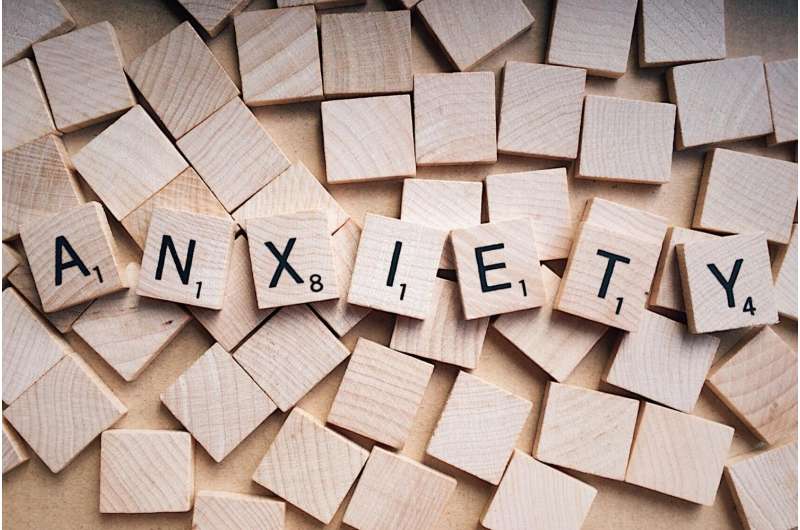Credit: CC0 Public Domain
Jordi Alonso, director of the Epidemiology and Public Health programme at the Hospital del Mar Medical Research Institute (IMIM), was commissioned by World Mental Health to lead an international study into the adequacy of anxiety disorder treatments across the globe. The results, from a sample of more than 51,500 individuals from 21 different countries, reveals that 10 percent of people suffer anxiety. Of these, only 27.6 percent have received some type of treatment, and this was considered appropriate in only 9.8 percent of the cases. It is the first time a study has described the treatment gap in anxiety disorders at an international level.
"It is estimated that anxiety disorders affect 10 percent of the global population. These are pathologies that tend to be chronic, comorbid, and associated with a significant disability. If we add to this the fact that in 2010, they cost a group of 30 European Union countries €74,400 million, it is clear that this is an important public health problem," explains Alonso.
The frequency of the disorder varies a great deal between countries. It has been calculated that anxiety disorders affect 5.3 percent of African populations while the figure is 10.4 percent for European areas. It should also be noted that some anxiety disorders, particularly phobias, social anxiety and separation anxiety, start very early on (from five to 10 years of age), while other anxiety disorders such as generalised anxiety disorder, panic disorder, and post-traumatic stress disorder tend to appear between the ages of 24 and 50, and have a much broader transnational variation.
"Adequate treatment for an anxiety disorder that has been evolving over a 12-month period is considered to be either pharmacological treatment involving at least four visits to the doctor or psychotherapeutic treatment including at least eight visits. Suitable treatment for this pathology would prevent the disorder becoming chronic and reduce the chances of comorbidity with other physical or mental illnesses, such as depression," explains Victor Pérez, director of the Hospital de Mar's Institute of Psychiatry and Addiction.
The low proportion of patients who receive adequate treatment for anxiety disorders is due to various factors. In many cases, neither the patient nor the health system recognises the need for care. In fact, only 41.3 percent of people suffering anxiety are aware of their need for treatment, and when the anxiety is not combined with another type of disorder, this percentage goes down to 26.3 percent. Additional factors include the weaknesses of the health system, treatment costs, and the stigma perceived by sufferers of these disorders, which further limits their treatment. Even in high-income countries, only one-third of individuals with anxiety disorders receive treatment, with the exception of the United States, where care rates are considerably higher.
"Health literacy and awareness should be promoted in those countries where the need is not recognised, usually middle and/or low income countries, and the variability associated with the level of income and revenues of a country should also be reduced. It is important to encourage healthcare providers to follow clinical guidelines to improve treatment quality when it comes to anxiety disorders," concludes Jordi Alonso.
More information: Jordi Alonso et al. Treatment gap for anxiety disorders is global: Results of the World Mental Health Surveys in 21 countries, Depression and Anxiety (2018). DOI: 10.1002/da.22711
Journal information: Depression and Anxiety
Provided by IMIM (Hospital del Mar Medical Research Institute)






















